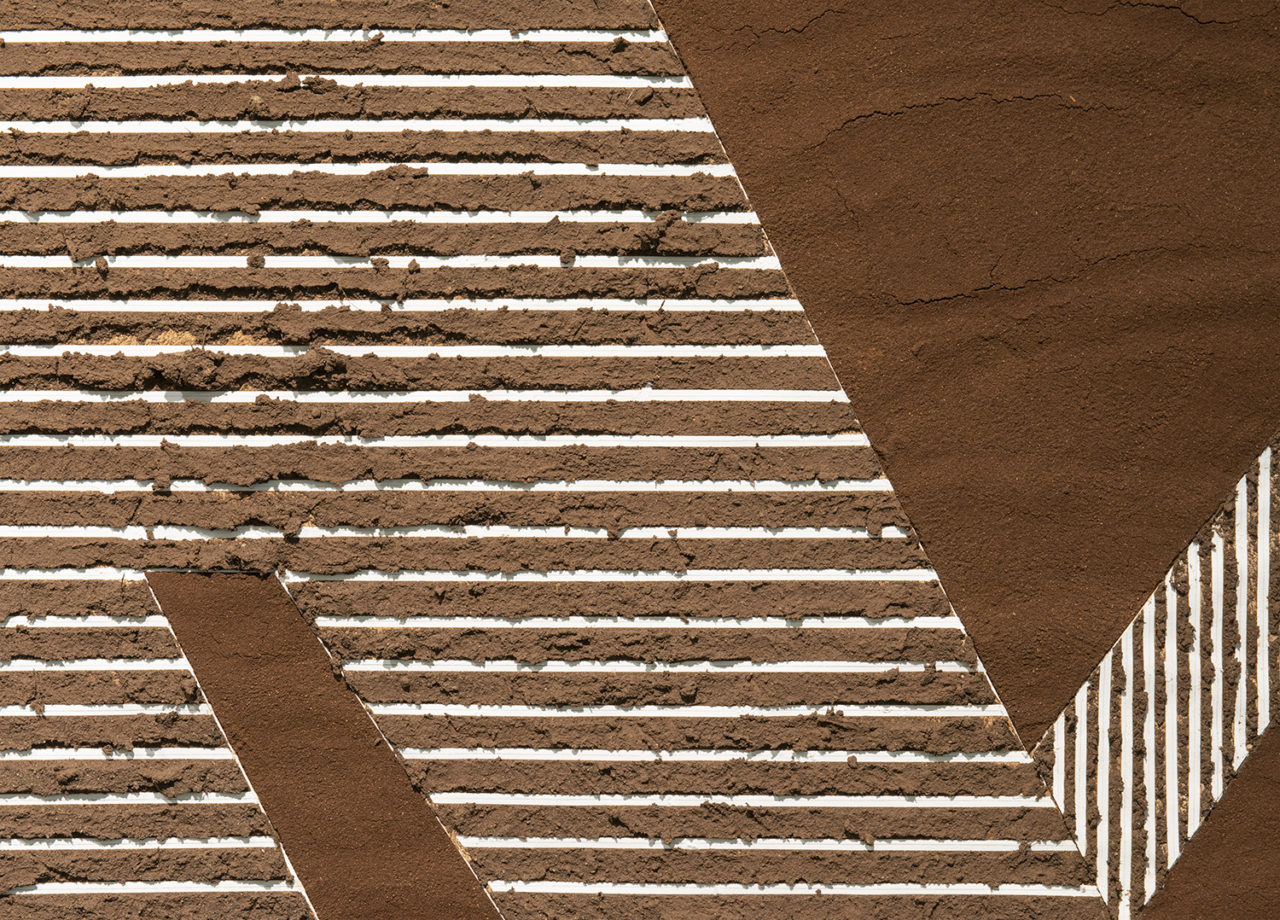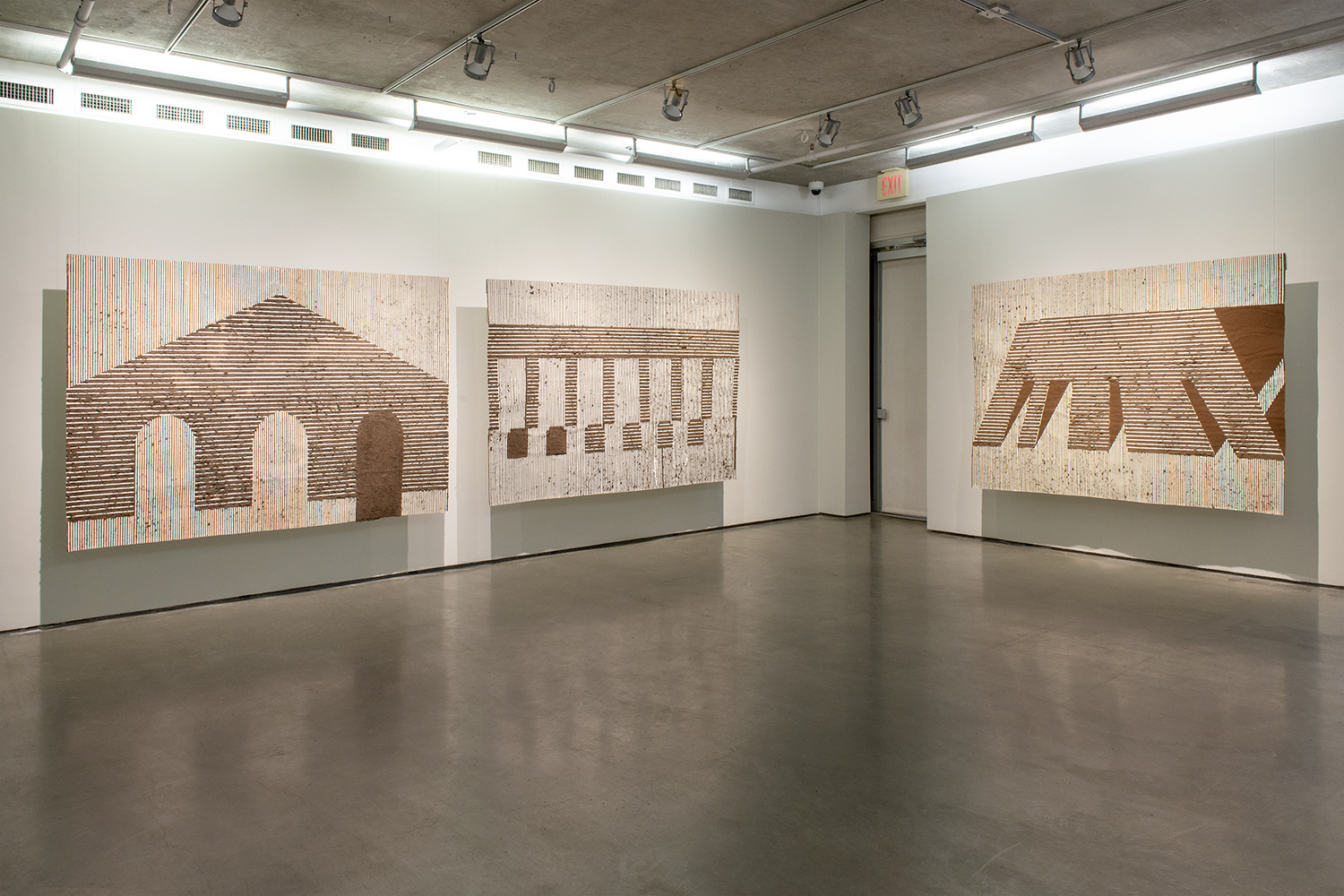
Posted on February 09, 2021 | Updated February 09, 2021, 10:14AM
The new exhibition of works by the artist and ECU faculty member is showing in downtown Vancouver through May 2.
A new exhibition of works by artist and ECU faculty member Christine Howard Sandoval at the Contemporary Art Gallery (CAG) explores the relationships between land, language, image and archive, according to exhibition co-curators Julia Lamare and Kimberly Phillips.
The show, entitled A wall is a shadow on the land, brings together drawings, adobe sculptures, and documents from both personal and public collections, as well as an installation at the CAG’s permanent satellite site, at Yaletown-Roundhouse Station.
“With A wall is a shadow on the land Howard Sandoval makes present Indigenous ways of thinking about space and time, and unsettles the archive through the act of embodied making, enlargement, recontextualization, and collage,” Julia and Kimberly write in their introductory essay.
“The stratum of material across spaces encourages multiple entry-points for interpretation, calls into question the use-value of the image, and resists the archive’s power to cement colonial pasts. Howard Sandoval’s act of archival dislodging and material reclamation is an utterance in unlearning history.”

Centre-stage in the CAG exhibition is Christine’s use of adobe — a composite of sand, clay, water, and straw or grass, used to make a “sun-baked mud brick.” Christine, an Obispeño Chumash and Hispanic artist, belongs to a family whose members include generations of women who worked as adobe brick makers.
This ancient and commonly used Indigenous building material has “become synonymous with the structures built by Spanish missionaries who colonized the Pacific Coast of the United States from the seventeenth century onwards.”
The large-scale wall works in A wall is a shadow on the land are created by drawing with masking tape on paper, and then applying a thick layer of adobe overtop. The masking tape is then removed before the mud can dry. A resolutely physical composition emerges, “at once quoting and flattening the elemental forms of the Spanish mission architecture vernacular,” Julia and Kimberly write.
“By rendering her images with the very building material of the iconic architecture, Howard Sandoval resists its colonial appropriation, reclaims its deep history and asserts a new visual language for its encounter.”
Full article by Perrin Grauer: christine-howard-sandovals-cag-show-an-utterance-in-